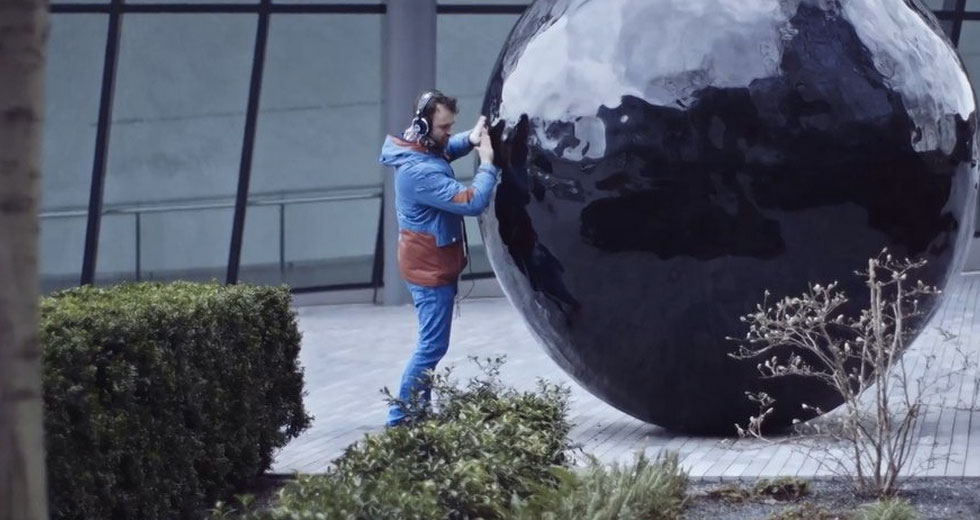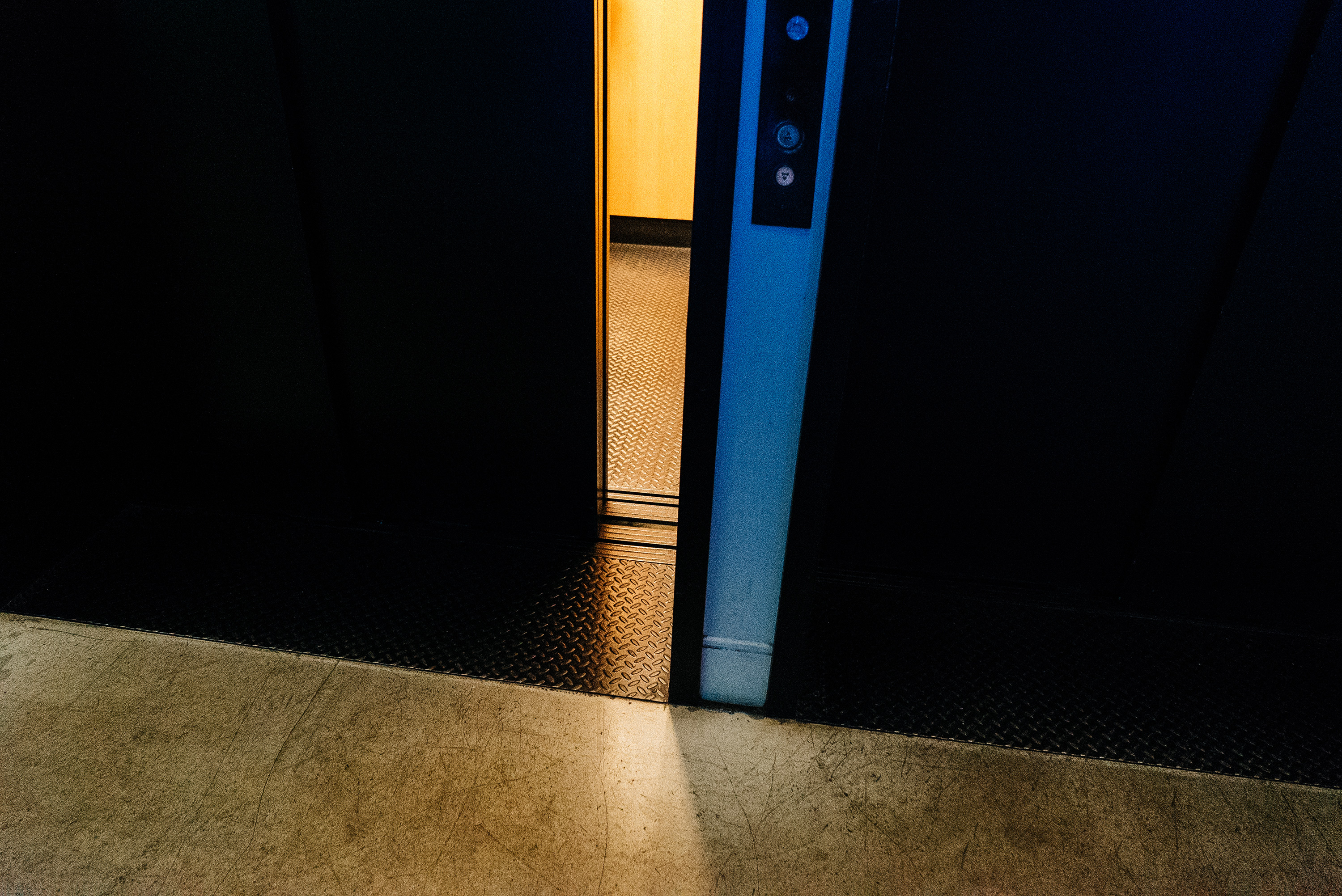Interview: Warp’s Clark on His New Album
The longstanding producer talks about his latest, Death Peak

On this week’s First Floor on Red Bull Radio, host Shawn Reynaldo was joined by Warp vet Clark. Below, the producer talks about his latest album, his creative process and the choreographed dance element of his latest live show. For more interviews like this, be sure to tune into First Floor every Thursday at 1 PM EDT.
Your first album came out all the way back in 2001, and your discography’s gotten to the point where it’s difficult to decipher exactly what number album you’re on. Do you ever look back and think, “Wow, I’ve made a hell of a lot of music over the years?”
I definitely forget how many albums I’ve made, yeah. I’m not sure if it’s eight or ten. Who knows? What’s an album anyway?
When you look back at the music you’ve made, do you see a line that begins with Clarence Park and ends with Death Peak? Is all your music connected?
Yeah, that’s a nice way to see it. I like the idea of narrative lines with the music. The kind of piping, if you like. Not just through albums, but through a career as well. I’ve got a tendency to write within quite a large range of different styles, I guess. I never think of it like that, but people seem to say that’s what I do.
I think I’ve kind of set the range now, and I just want to carry on refining and refining, because it’s a really comfortable zone I’ve reached with this last album. It feels like it condenses a lot of things that I’ve been working on for years. A lot of obsessions have been crystallized, and I’ve managed to really find a sound I’m happy with.
You’ve spoken a lot in previous interviews about our affinity for broken sounds, the sounds of machines pushed beyond their limits. But when I was listening to this album it didn’t really sound broken to me. I wouldn’t say it was slicky produced or anything, but it certainly has a lot of bold sounds, and is well produced. Was that intentional?
Yeah. I mean everything’s intentional. The whole idea of making an album is for every nuance of the record to just be ingrained, so that the identity is just as clear as day. I want people to hear a track and then go, “Oh yeah, that’s Death Peak” within like half a second.
I don’t think I necessarily try and distort for the sake of distorting, it’s very controlled and calculated. It’s really weird, because I like distortion to be ... I don’t want it to be too unruly. I want it to just be sort of bristling. I love that sound, but I’m a real fan of editing down as far as you can, and condensing. That’s what takes me a long time, to make things short.
The new album is on Warp, the label that’s been responsible for almost all of your releases. During the years that you’ve been with the label they’ve gone through lots of changes, yet you’ve been something of a constant. What’s your relationship like with Warp?
You just normalize to it quite quickly. I remember when they signed me, I was really excited for about two days, and then just thought I’ve got lots of work to do, and just kind of cracked on with it. They don’t have boundaries that other labels might have. They just tend to release really good music, and they just let people get on with it without interfering too much. Which is really important. I think you really need exploratory space to hone what you do, and they encourage that, which is great.
At this point, do they give you carte blanche to pretty much do whatever you like?
There’s a tiny bit of back and forth, but it’s usually me that ends up being the ultimate control freak, and delaying mastering because I prefer the 19th version of the second bar rather than the 38th version of the second bar, and stuff like that. It’s usually me that is being annoying by being too controlling and anal about finished mixes.
You’re going to be playing a lot of live shows in the next few months, and I saw that the latest iteration of your live show involves contemporary dance. Can you explain that? I assume you’re not going to be doing any dance moves on stage.
I won’t be doing any dance moves, no. The choreography is by Melanie Lane, my wife. We’ve done a lot of work together, and we’ve got quite a natural kind of language of development within our different dance and music styles.The idea is to have very blunt movement that’s not too decorative, because I think it can be a real distraction if 1) dancers are on stage continuously, and 2) the dancing style is very florid and distracting. I’m just not into it at all. I’m really into this like primitive, repetitive style. If you look at it, you get really hypnotized by it, but it doesn’t pull away from the heaviness of the music. It’s a really fine balance to strike.

